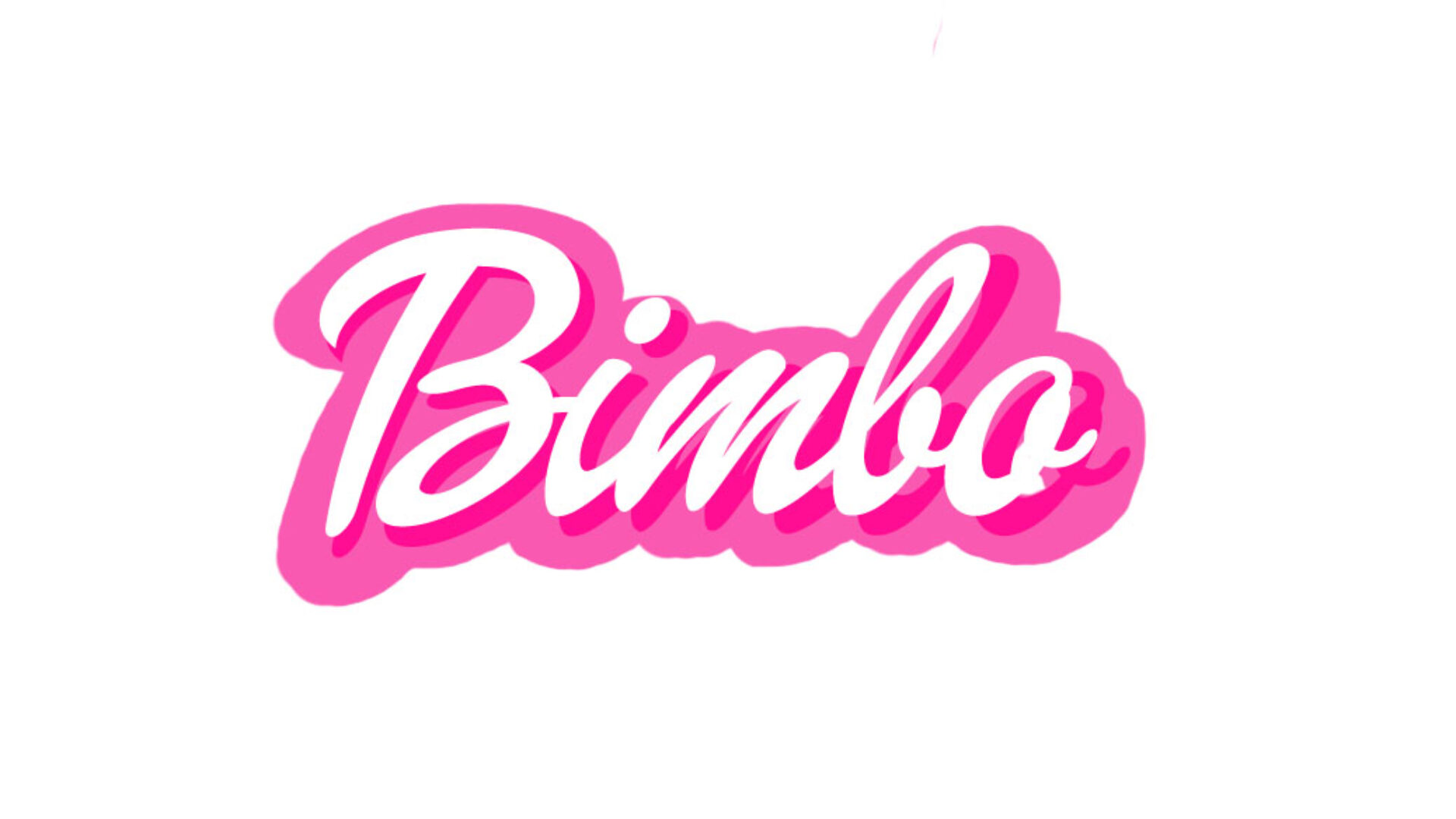
According to the annals of online culture, the bimbo is back. The misogynist trope of an attractive but dumb girl has reappeared, first on TikTok, and now, steadily offline. Today’s reimagined bimbo has an added feature, existing not just as an archetype but also – as a practice in life.
A wave of online creators such as podcaster Fiona Fairbairn, have presented a “Bimbo Manifesto” on the tenants of playing dumb for power. The core ethos is (1) self-preserving dissociation from society, (2) the performance of willful ignorance as a means of protection. Bimbos turn inward and as Fairbairn explains, focus on becoming their best selves. No more thinking, just being hot.
According to Bimbotok, an amalgamation of accounts, hashtags, and commentary on TikTok concerned with the merits of bimboism, the bimbo of today adopts the often pink, hyper-femme camp costume and aesthetic as a nod to the past, but democratizes access to weaponized ignorance, arguing that anybody can utilize their physical beauty to amass power. Under Bimboism 2.0, we are all hot—and understand that hotness is capital for protection.
Though the late 90s, early 2000s “hot idiot” trope seemed to prioritize the white, femme, and thin, the current resurgence relies more on inclusivity. The Black bimbo exists as its own niche on TikTok and other online spaces. Emerged from the margins of pop-cultural reference, users concerned with the intersection of race and bimboism shift the depictions of the movement to one that resembles Black women. Instead of citing Marilyn Monroe, Pamela Anderson and Juicy Couture-clad celebs of early 2000s fame, Black women in their bimbofication era may find aesthetic inspiration in the Clermont Twins, Blac Chyna, or early 2000s Black girl groups.

The Clermont Twins
On the one hand, the reimagining of the archetype offers room for Black representation, but there needs to be further interrogation of the ways it can replicate offsets of white beauty standards, such as colorism and fatphobia. There has been a historical delineation of who gets to be considered “hot” in the Black community and enjoy its associated privileges. For every elevation of one type of girl, there has been the devaluation of another. If new Bimboism is meant to be liberatory, it must deconstruct these hierarchies as well, not just expand who gets to have a spot at the top.
Shedding the Body, Freeing the Mind
What distinguishes Bimboism as a praxis is that it is based on a performance intended to deceive or distract the dominant power structure. The visage of a hot airhead reinforces what patriarchy already assumes about feminine people, so as the Bimbo Manifesto teaches, people can play up the act of aloofness in order to weaponize it. “Don’t ask what misogyny does to you,” Fiona offers out, “ask what it can do for you.”
On its own, this is not necessarily subversive, but it can be. Intention is everything here, as Dr. Sarah L. Webb—a scholar of colorism and desirability politics—tells ESSENCE Girls United. Herein lies the difference between agency and liberatory agency. “Agency is about choice and every human being has choice,” she explains. “But I think liberatory agency is when you are choosing to take a risk and not choosing to submit to the dominant power structure especially if it’s with the intention of freeing yourself in some way, like freeing yourself from that power structure.” Once freed, the practitioner should create space within, opening up the structure a little by little or adjusting it in the ways that they can.
The bimbo discourse encourages the self-affirming destruction of outward perception, instead encouraging supporters to turn inward and lighten their intellectual load by focusing on achieving their best selves instead of perceiving the world’s stresses. At this level, it is more self-help practice than social theory. The bimbo is not necessarily resisting anything. It’s part of her charm. Her self-concerned disassociation places her almost in her own lane, shielded by the delusion of non-involvement in societal structures. In these cases, the ornamentation is the performed ignorance as an accessory to femme presentation.
However, if the online bimbo is to exist in a physical society, we must imagine who she would be in the material world, asking if the tenets of her praxis are applicable to real-life women who must exist within systems of white supremacist capitalist patriarchy. By all means, play dumb, but do it so it liberates someone other than oneself.
TikTok Feminism
The existence of the bimbo movement is itself a cultural zeitgeist, raising questions about how social media and the internet can expand our common understanding of feminine performance. Proponents of “bimboism” assert first that womanhood is performance. Each woman constructs strategic public personas that both reproduce and subvert gender norms. Within this chosen persona, there are varying degrees of power available to the performer based on how it contends with the dominant patriarchal, capitalist power structure. Bimboism excels because it appeals to the male power structure while simultaneously lowering their expectations of the woman embodying the trope.
If TikTok can create an online movement of the size and scale of bimbotok, it can theoretically house cultural production of many other forms. Exploring the generative abilities of digital space hopefully creates more opportunity for feminist theory to flourish. More young women online can use the platform to develop frameworks to contend with power and the construct of femininity. It is through this space that bimboism emerges as a tool of protection. By inviting our most dramatized performances of feminine frivolity to the forefront, femme-presenting people can disseminate feminist ideas in the absence of detractors. The persona both mirrors and mocks the basest assumptions about women, perhaps freeing us in the process.
Image credit: Brooklyn White